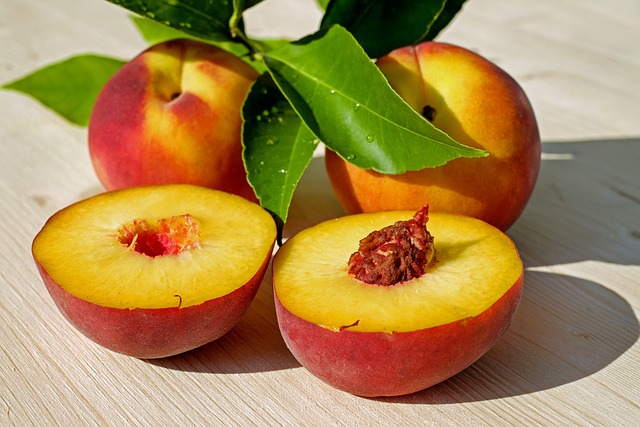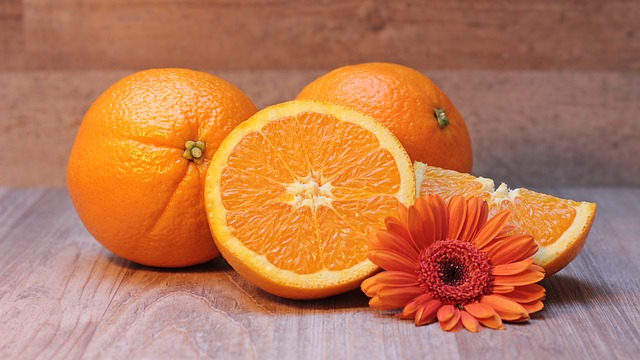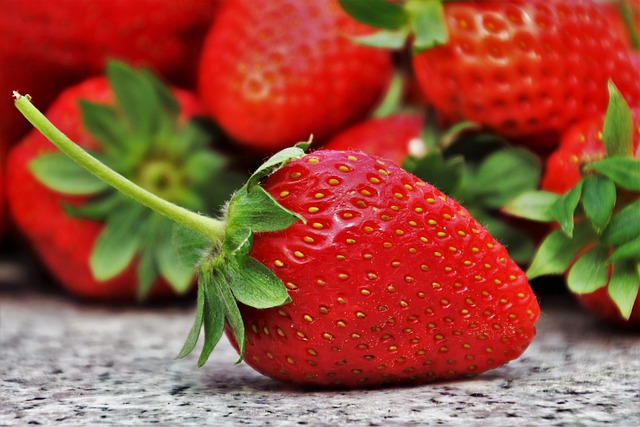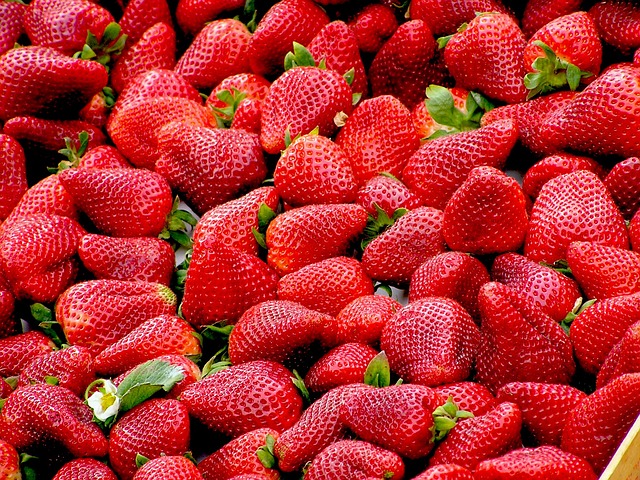Introduction
The human body contains trillions of microorganisms including bacteria, fungi, and viruses, referred to as the microbiome. These microorganisms play a crucial role in various bodily functions such as digestion, immunity, and metabolism. Probiotics and prebiotics are two types of microorganisms that provide numerous health benefits for the human body. However, these two terms are often used interchangeably and may be confusing to many people. This article will demystify probiotics vs prebiotics and highlight the differences between the two.
What are Probiotics?
Probiotics are live microorganisms that are beneficial to the human body when consumed in adequate amounts. These microorganisms include bacteria and yeasts that colonize the gut and promote a healthy microbiome. Probiotics can be found naturally in certain foods such as yogurt, kefir, sauerkraut, kimchi, and miso.
Probiotics have numerous health benefits such as:
- Improving digestive health by restoring gut flora
- Boosting immune system function
- Reducing inflammation in the gut
- Enhancing mental health and cognitive function
- Preventing and treating diarrhea
- Preventing and treating vaginal infections
What are Prebiotics?
Prebiotics are non-digestible fibers that serve as food for probiotics, promoting their growth and activity in the gut. Prebiotics are not live microorganisms like probiotics but they play a crucial role in supporting the gut microbiome. Prebiotics can be found in foods such as garlic, onions, bananas, oats, and apples.
The health benefits of prebiotics include:
- Stimulating the growth of probiotics in the gut
- Improving digestive health
- Reducing inflammation in the gut
- Enhancing mineral absorption and bone health
- Regulating appetite and promoting weight loss
Differences between Probiotics and Prebiotics
The main differences between probiotics and prebiotics are:
- Nature: Probiotics are live microorganisms while prebiotics are non-digestible fibers
- Function: Probiotics colonize the gut and promote a healthy microbiome while prebiotics serve as food for probiotics, promoting their growth and activity in the gut
- Sources: Probiotics can be found in certain foods such as yogurt, kefir, and fermented vegetables while prebiotics can be found in foods such as garlic, onions, and bananas
- Health Benefits: While both probiotics and prebiotics provide numerous health benefits to the body, they have different mechanisms of action and may be more effective for certain conditions. For instance, probiotics are more effective in preventing and treating diarrhea while prebiotics are more effective in regulating appetite and promoting weight loss.
Conclusion
Probiotics and prebiotics are essential for maintaining a healthy gut microbiome and promoting overall health. While both types of microorganisms have slightly different roles in the gut, they work together synergistically to provide numerous health benefits to the body. Incorporating probiotic and prebiotic-rich foods into the diet such as yogurt, kefir, fermented vegetables, garlic, onions, and bananas can promote a thriving gut microbiome.







